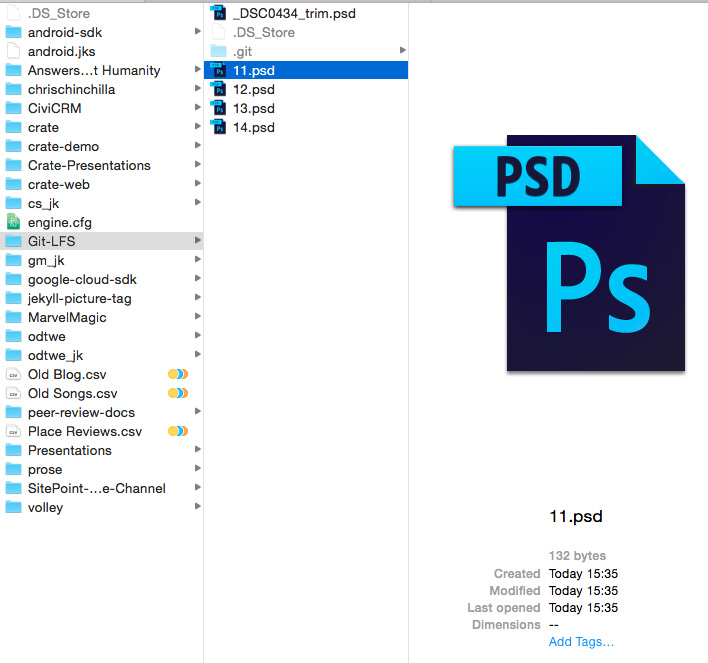

When this formula is used, it will add a command drain to your terminal, which allows you to free up ports that are currently in-use. As an example, I'm creating a formula called drain.rb. Add a formula for what you want to have installed.It can be homebrew-anything but tap is a pretty self-explanitory name.Make a tap repository on GitHub called homebrew-tap.To have a tap named anything, the repository should be called homebrew-anything. Tap: A public repository containing Homebrew formulae. If you've been using brew to install packages, you've probably just been using one master nexus of formulae, known as Homebrew's core tap.īefore we go further, I have to define some terms used in the Homebrew ecosystem:įormula: A ruby file that outlines how a package is to be installed. So you want to distribute your tools to the masses, yes? Build something super cool that you'd like to share with others? Well luckily that's pretty easy thing to do these days (once you know how). It adds a layer of protection, and makes sure that the version used is always the most current. The directories inside of this folder are symlinks to the current version of the binary that's installed. Instead, it puts it in a different directory called /usr/local/opt. The reason is because brew doesn't want it to interfere with the native Mac OS version. If you try to install ruby with brew then you will notice it's not in /usr/local/bin like most programs. The next time you want it to start you'll have to use one of the two Note: This will also prevent it from starting automatically the next time


 0 kommentar(er)
0 kommentar(er)
